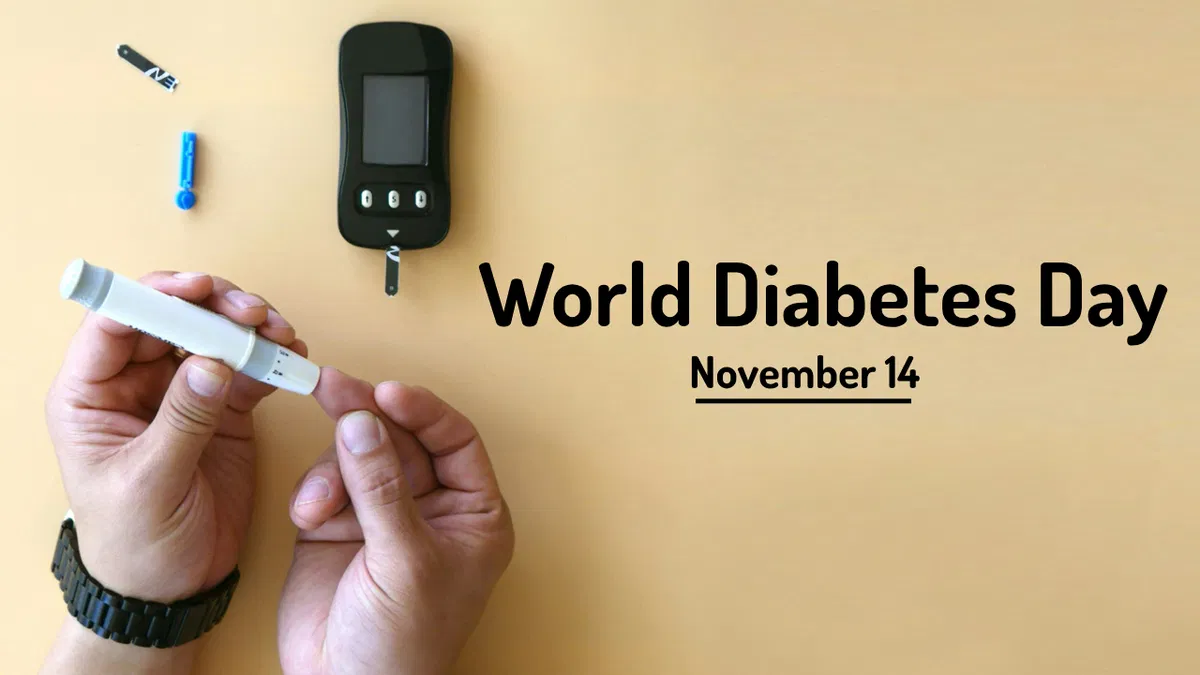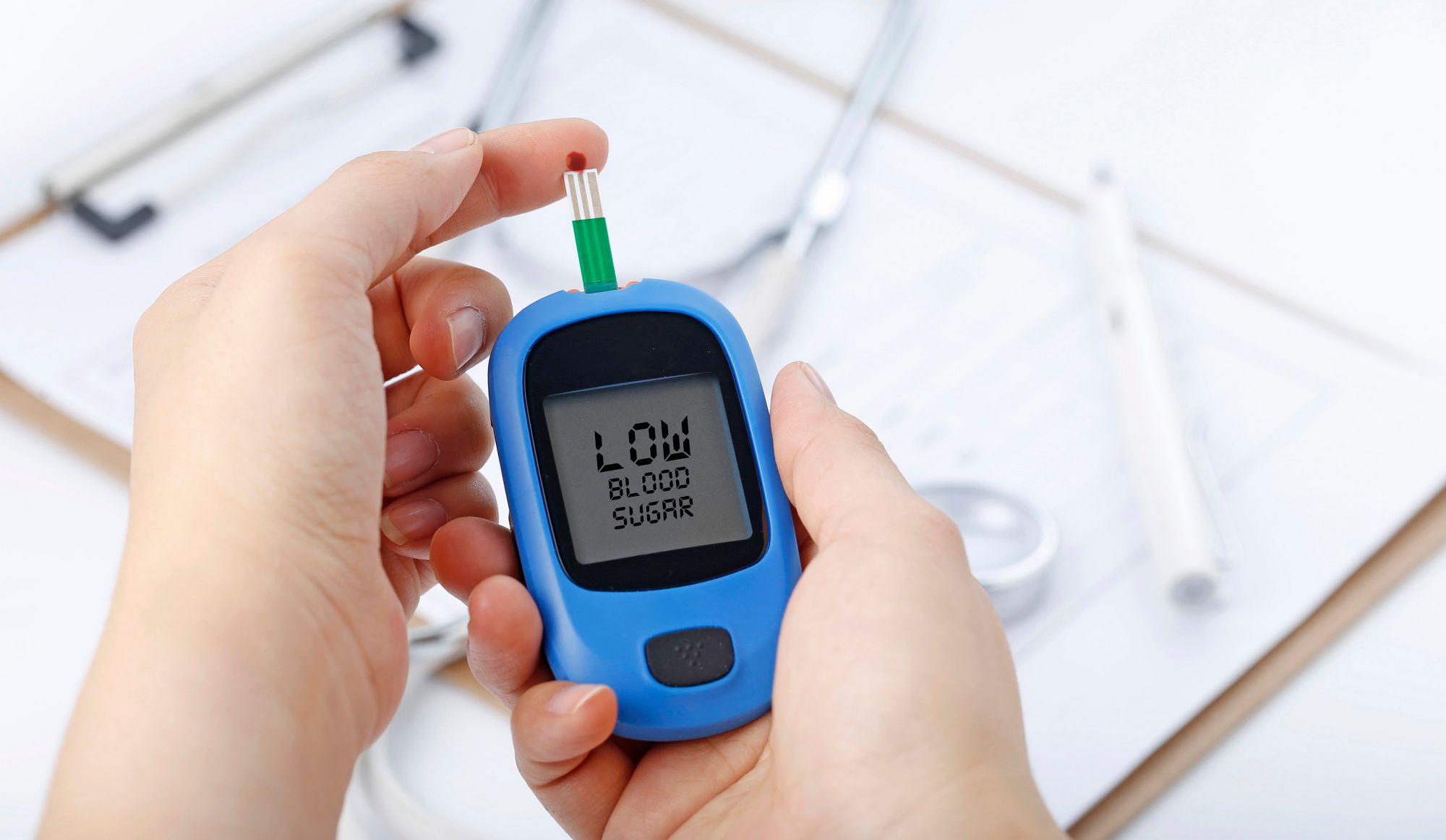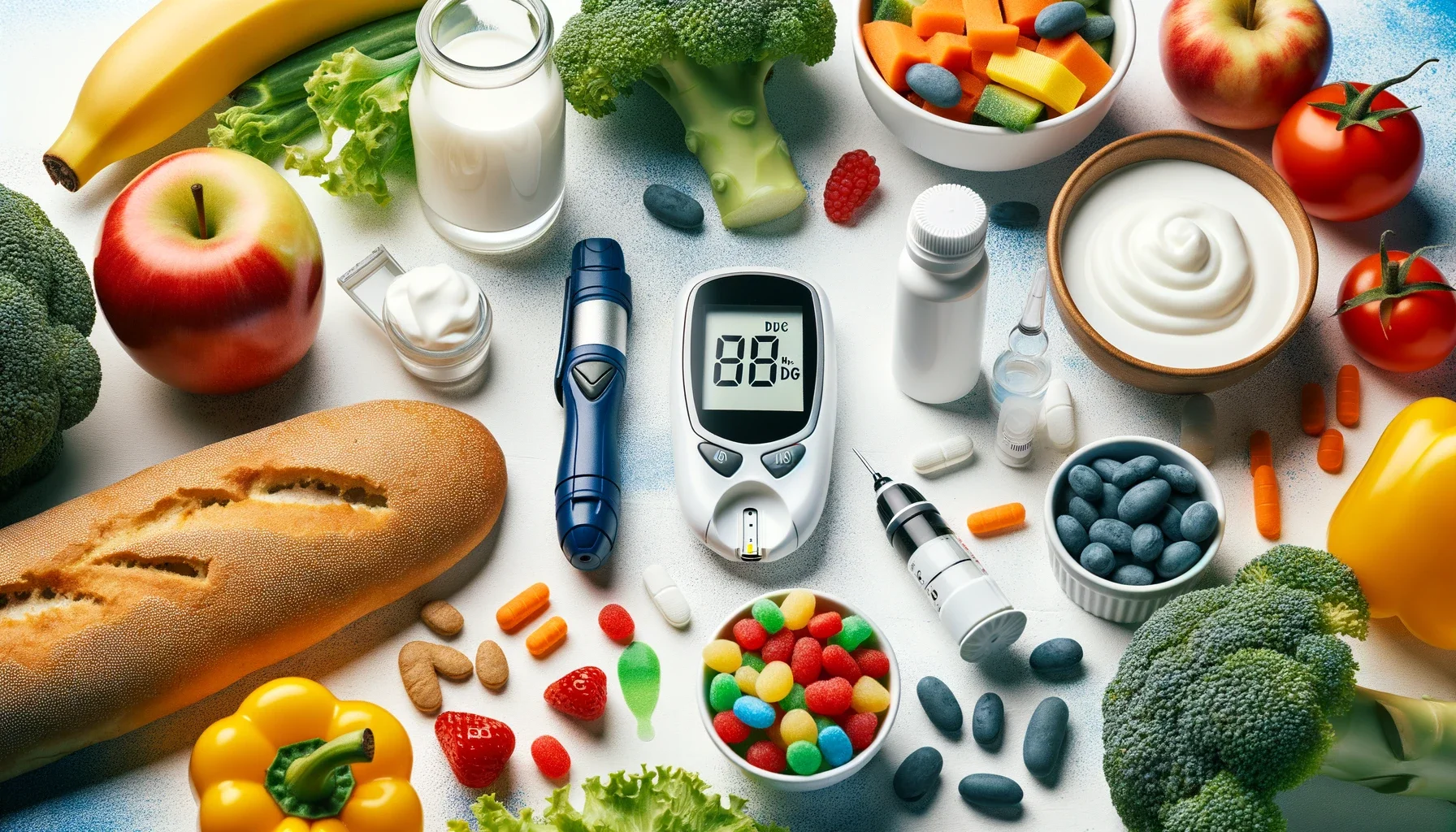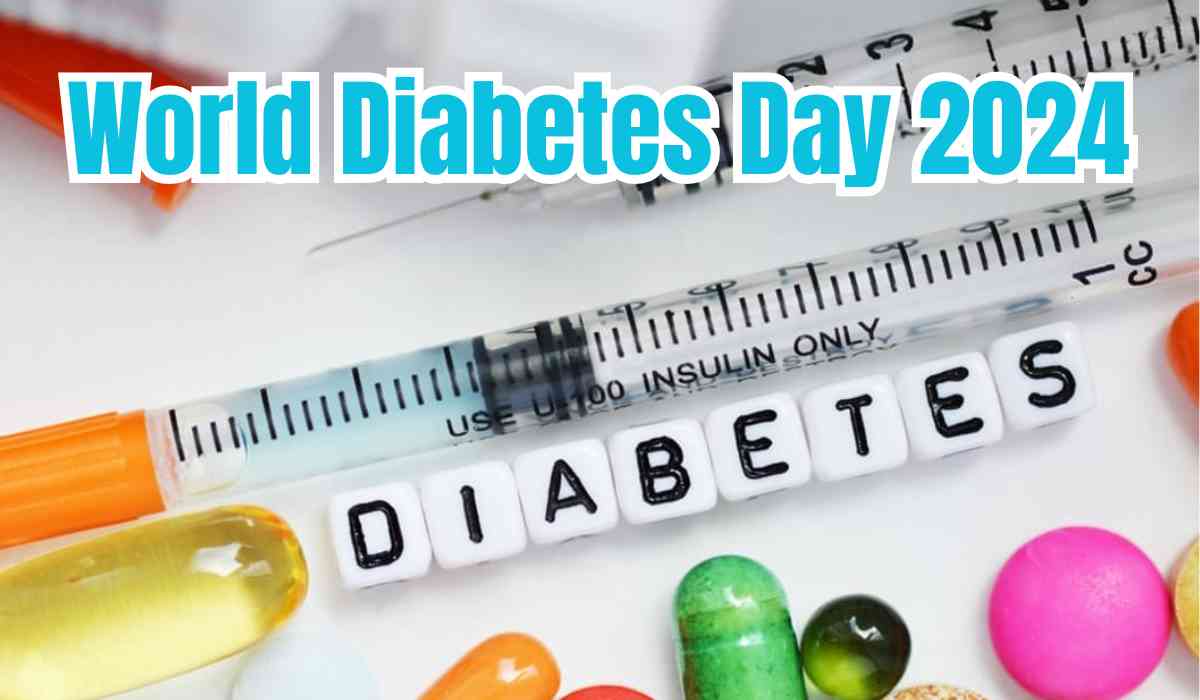This dismal rise in diabetes across the world and especially in low and middle-income countries has been highlighted by a recent study published by The Lancet on World Diabetes Day 2024. The theme for this years World Diabetes Day is "Breaking Barriers, Bridging Gaps". An estimated 828 million adults live with diabetes worldwide, more than four times the number in 1990. India accounts for alarming 25% of the total count.

A Growing Trend
The rises in diabetes have been more significant in Low- and Middle-Income Countries (LMICs, whereby the prevalence of diabetes has increased but not paralleled by increases in treatment. Researchers from the Non-Communicable Disease Risk Factor Collaboration (NCD-RisC) report that around 445 million adults globally went untreated for diabetes in 2022, with India alone accounting for nearly one-third of these untreated cases.

Diabetic Retinopathy
One of the significant complications of untreated diabetes is diabetic retinopathy, in which high glucose causes damage to the retina leading sometimes to a loss of vision. A 2022 publication in the International Journal of Diabetes in Developing Countries found that 12.5% of Indian diabetics suffered from diabetic retinopathy, with 4% at immediate risk of having vision-threatening symptoms. Based on these findings, the researchers recommend routine screening of diabetic retinopathy among diabetic patients to prevent this complication.
India's Diabetes Landscape
India has now surpassed China to become the world leader in diabetes cases by numbers, at 212 million, followed by China with 148 million and the United States with 42 million cases. Diabetes rates have soared globally between 1990 and 2022 to over double and reach 14.3% men and 13.9% women in 2022. In India, the growth is the highest in women from 11.9 % in 1990 to 23.7% in 2022 making it one of the rapid increases worldwide.

How to Prevent Type 2 Diabetes with Lifestyle Changes
Type 2 diabetes is largely preventable through proactive lifestyle changes. If you’re at risk due to factors like excess weight, high cholesterol, or a family history of diabetes, here are some key steps you can take:
1. Lose Excess Weight Losing weight reduces diabetes risk. Studies show a 7% body weight loss can lower diabetes risk by nearly 60%. The American Diabetes Association advises losing at least 7-10% of body weight to prevent progression in those with prediabetes.
2. Stay Physically Active Regular physical activity helps with weight loss, blood sugar management, and insulin sensitivity. Aim for at least 150 minutes of aerobic exercise weekly, along with resistance training twice weekly. Break up long periods of inactivity with short bursts of movement to help control blood sugar.
3. Choose Fiber-Rich, Healthy Plant Foods High-fiber foods such as fruits, vegetables and whole grains slow sugar absorption and improve heart health, promoting satiety and aiding in weight control. Avoid refined carbs like white bread, pastries, and sugary drinks.

4. Incorporate Healthy Fats Include unsaturated fats, like those in olive oil, nuts, and fatty fish, which support heart health. Limit saturated fats found in dairy and meats by choosing lean options.
5. Avoid Fad Diets and Focus on Sustainable Choices Instead of fad diets, aim for a balanced diet you can sustain long-term. Use the “plate method”: half of your plate should be fruits and non-starchy vegetables, a quarter whole grains, and a quarter lean protein.
6. Routine Checkups The doctors advise regular diabetes screening, particularly for adults 45 and older or those with specific risk factors. Discuss diabetes prevention with your doctor to gain tailored advice based on your health profile.
Inputs by Agencies
Image Source: Multiple Agencies
Ⓒ Copyright 2024. All Rights Reserved Powered by Vygr Media.
























